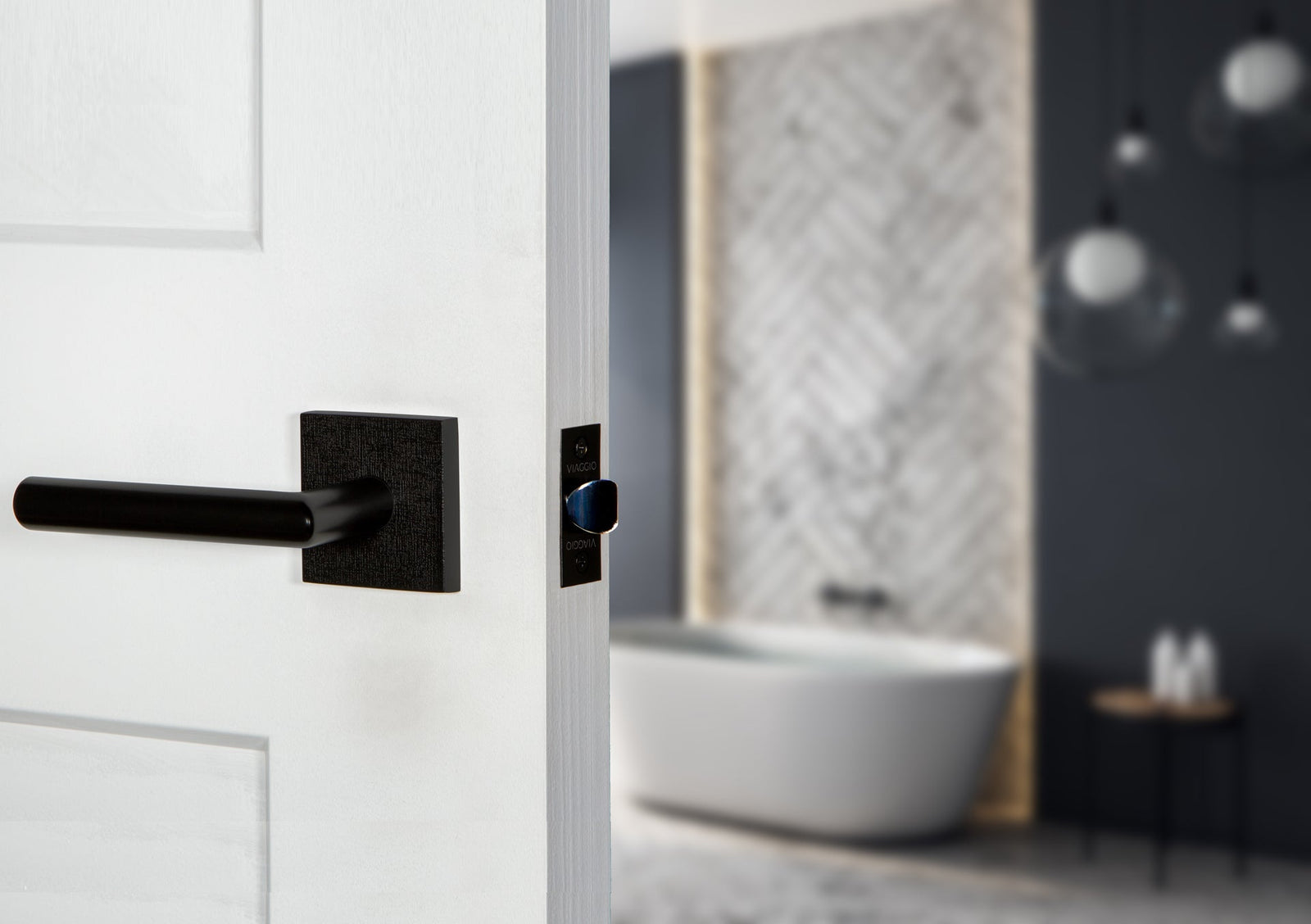
Modern vs. Contemporary Styles
When discussing style and décor in today’s apartments, homes, and living spaces, two terms will always enter the conversation: modern and contemporary. Though these two words may seem to impart the same meaning, they are actually two distinctly different things in the context of style movements.
Modern style in terms of interior design and décor traces its primary influence to the Modernist movement of the early 20th century. It is looked upon as an intellectual movement that influenced all aspects of culture. Literature, art, music, design, architecture, and even politics were affected by Modernism. Stepping away from traditional techniques in depicting objects and people, Modernism embraced innovation and abstraction. Its characteristics ran from bright, bold, and loud to ultra-minimalist and stark. Avant-garde movements considered Modernist include Impressionism, Post-Impressionism, Futurism, Bauhaus, Cubism, Neo-Dada, Minimalism, and Abstract Expressionism. A by-product of the Modernist movement is the widely-adopted Mid-century Modern style of the 1950s and 60s, with its celebration of the Space Age and Pop Art.

While modern style refers to a specific era from the past, contemporary style is about the present. Ambiguous as it seems, contemporary style is ever-evolving and definitely reflects the popular styles trending in the current design climate. However, contemporary style can still pay homage to the past, utilizing elements of streamlined Art-Deco. Some defining aspects of contemporary style are neutral color palettes, minimalism, clean lines, and sleek looks. It will be punctuated by organic elements. Commonly used materials include nickel, steel, and chrome, offset with more natural fiber textures like wood, hemp, and jute. And it’s not uncommon to see the introduction of sculptural stone and marble elements.
Stay tuned for the second part of this story discussing specific aspects of contemporary style, including color, space, and materials.




